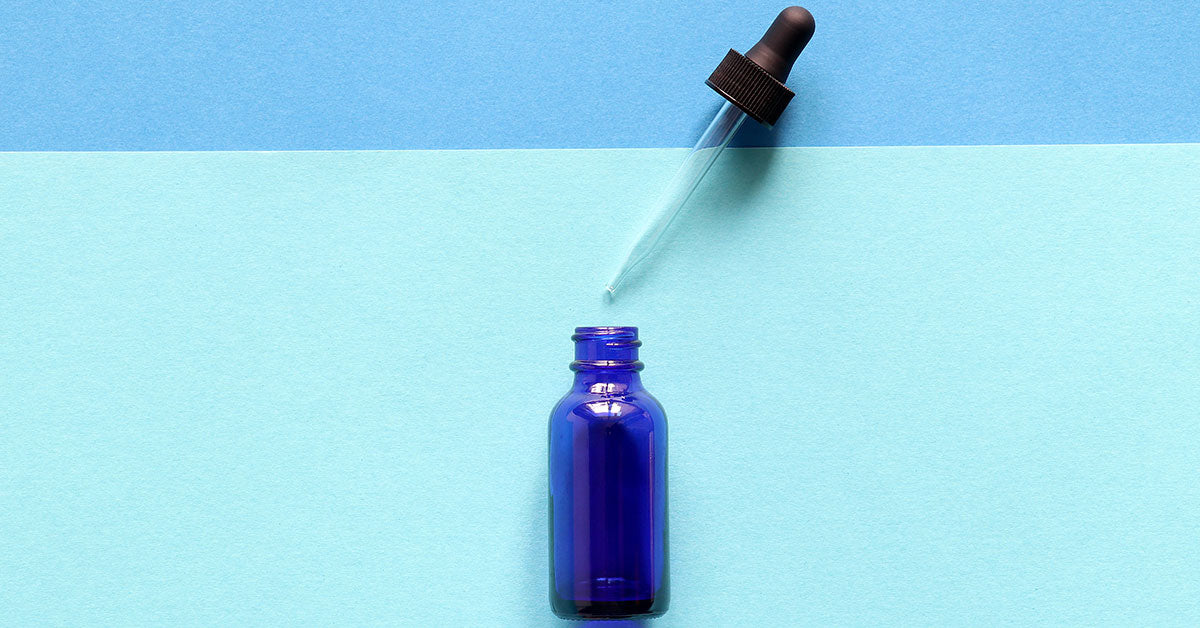You’ve likely heard of and used salicylic acid to treat acne and/or uneven skin tone. But, did you know salicylic acid has a natural twin known as azelaic acid? Keep reading to learn more about AA and its benefits, uses, and side effects.
What Is Azelaic Acid?
Azelaic acid is a naturally occurring acid often found in grains like barley, rye, and wheat. You can also create azelaic acid in a lab using yeast.
It can be applied to the skin to help improve tone, texture, acne, and rosacea.
Research shows that azelaic acid has antimicrobial, anti-inflammatory, free-radical-scavenging, and exfoliating effects. This makes the acid extremely effective at reducing breakouts, signs of sun damage, swelling, redness, and much more.
How Does Azelaic Acid Work?
The acid works to decrease the presence of bacteria that leads to acne and inflammation. It also inhibits the release of cytokines on the top layers of the skin that lead to bumps, redness, and uneven skin tone. AA also works to lower the production of keratin, which helps to limit breakouts.
Benefits of Azelaic Acid
There are a number of benefits associated with the use of azelaic acid, including:
Acne Reducing Powers
Products that contain AA, like the Hygieia Dark Spot Diminisher, can help diminish the appearance of skin blemishes in many ways, including by killing the bacteria that clog pores and by decreasing inflammation. Thanks to its anti-inflammatory properties, azelaic acid can even work on the toughest cystic acne.
Improved Skin Tone and Reduced Redness
Azelaic acid is a natural treatment for hyperpigmentation, rosacea, and uneven skin tone. AA is considered to be a natural keratolytic and comedolytic, which means that it helps regulate the normal growth of skin cells.
As a natural rosacea reducer, AA decreases underlying causes of rosacea, including inflammation and visible blood vessels that cause redness. AA can also be used to lighten the skin, reduce the appearance of scars, and reverse other types of discoloration.
Exfoliating Powers
Similar to other topical acids, azelaic acid has exfoliating properties that help boost cell turnover and smooth the skin. Using azelaic acid can help decrease bumps and the appearance of oversized pores while also contributing to an even and smooth skin tone.
Works to Reduce Signs of Aging and Fade Dark Spots
Azelaic acid is also a powerful anti-aging tool because it works to fade visible skin imperfections. It makes skin appear more youthful and healthy by reducing inflammation, decreasing dark spots, and creating a more even skin tone.
How to Use Azelaic Acid
Azelaic acid is available over-the-counter and via prescription and often comes in cream or gel form.
To use AA on your skin, follow these steps:
- Wash your skin with warm water and a gentle cleanser — avoid using astringents and strong soaps or exfoliants, which may increase irritation.
- Pat dry.
- Apply cream to the affected area.
- Let skin dry before applying other products, moisturizer, or makeup.
- If using twice daily, apply AA in the morning and night around the same times daily.
Azelaic Acid Risks and Side Effects
Similar to other strong skincare products, AA comes with some side effects, especially for people with sensitive skin. Potential side effects include:
- Dryness
- Peeling
- Skin burning
- Rash
- Redness and irritation
To limit the side effects of AA, wear sunscreen on top of all products containing azelaic acid.
Azelaic acid is a secret weapon in skincare and can produce amazing results. A few precautions should be taken before starting a skincare routine with azelaic acid in it, but other than that, you can kiss your acne, redness, and overall dull skin goodbye when you start using AA products.





